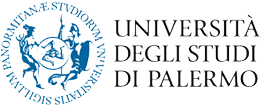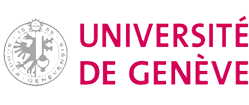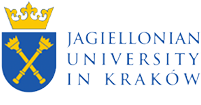The Sources of Legal Practice: At the Convergence of Theory and Experience
This chapter examines the relationship between legal theory and practice in the Middle Ages. The authors argue that legal sources are not merely normative texts but also include practical documents such as notarial acts, judicial records, and commercial contracts. By analyzing these sources, the chapter highlights the dynamic nature of medieval law, emphasizing that legal norms were shaped by their real-world application.
Sermons et textes religieux : des sources de normativité (Sermons and Religious Texts: Sources of Normativity)
Religious texts played a crucial role in medieval legal thought. Preachers such as Bernardine of Siena influenced legal behavior by condemning practices like usury and promoting economic ethics. The Church also used moral theology to guide judges and lawmakers, embedding Christian values into legal reasoning.
Le droit coutumier et les pratiques commerciales (Customary Law and Commercial Practices)
Customary law developed through local traditions and merchant practices, rather than formal codification.
- In cities, merchant guilds and local tribunals regulated economic activities through oral customs.
- Over time, these customs were recorded in legal texts like the Coutumier de Lausanne or the Spiegel von Schwaben (Swabian Mirror), ensuring legal continuity.
The authors highlight that customary law was highly adaptable, often incorporating influences from Roman and canon law.
Les documents notariés : une formalisation du droit en action (Notarial Documents: A Formalization of Law in Action)
Notarial acts were essential for ensuring legal security in economic transactions. These documents:
- Recorded contracts, property sales, and apprenticeships.
- Provided evidence in court when disputes arose.
- Created a written record that strengthened trust in business relationships.
One example discussed in the chapter is the Registrum Lombardorum from Fribourg, which preserved numerous notarial agreements related to trade and finance.
Les sources judiciaires : procès et décisions de justice (Judicial Sources: Trials and Court Decisions)
Judicial archives provide a direct insight into how legal norms were applied in practice.
- Trial records from Venice and the English Year Books show how judges interpreted local customs, royal statutes, and Roman law.
- Court documents also reflect social and political pressures, revealing how justice was influenced by power dynamics.
Doctrine juridique et commentaires légaux (Legal Doctrine and Commentary)
Medieval jurists played a key role in shaping legal practice through their treatises and commentaries.
- Guillaume Durand’s Speculum legatorum guided diplomatic negotiations and legal disputes.
- Legal glosses helped judges and lawyers interpret statutes and procedural norms.
The chapter argues that legal doctrine was not just theoretical but actively influenced judicial decisions and statutory law.
Conclusion
This chapter highlights the interplay between theory and practice in medieval legal systems. By examining practical documents, the authors show that law was not merely a collection of written rules but a living system shaped by commerce, religion, and judicial experience. The study of these sources offers a more nuanced understanding of medieval law, emphasizing its fluid and dynamic nature.







